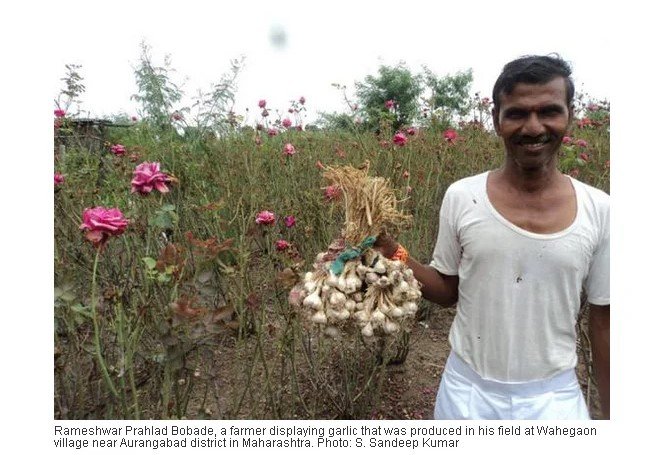Alternative Development Initiatives (ADI) has been at the forefront of empowering rural communities through sustainable livelihood promotion. By implementing innovative strategies and focusing on community empowerment, ADI has significantly improved the quality of life in numerous rural areas. This article explores ADI’s strategic approaches, highlights success stories, details skills development programs, and outlines future prospects.
ADI’s Strategies for Promoting Sustainable Livelihoods in Rural Areas
ADI employs a comprehensive, multi-pronged approach to promote sustainable livelihoods in rural communities. Their strategies are designed to address various aspects of rural development, ensuring that interventions are holistic and sustainable.
1. Holistic Water Management: ADI’s water resource management programs include constructing check dams, rainwater harvesting systems, and promoting watershed management. These initiatives ensure a reliable water supply for agriculture and domestic use, which is critical for the sustenance of rural livelihoods.
2. Enhancing Agricultural Practices: ADI promotes sustainable agricultural practices by introducing modern techniques and technologies. This includes the use of drought-resistant crops, organic farming methods, and efficient irrigation systems. These innovations help increase agricultural productivity while maintaining environmental sustainability.
3. Participatory Natural Resource Management: ADI involves local communities in the management of natural resources. This participatory approach ensures that resource use is both efficient and sustainable. By empowering communities to manage their resources, ADI fosters a sense of ownership and responsibility.
4. Microfinance and Small Enterprises: ADI supports rural economic development through microfinance initiatives and by encouraging small enterprises. By providing access to financial resources and entrepreneurial training, ADI helps rural residents diversify their income sources and achieve economic stability.
Success Stories of Empowered Communities
ADI’s impact on rural communities is evident through various success stories. These stories highlight the tangible benefits of ADI’s initiatives and the transformative effect they have on communities.
1. Wahegaon Village Check Dams: In Wahegaon village, ADI constructed 13 check dams, which significantly improved water availability. This project transformed the local agricultural landscape, leading to increased crop yields and enhanced livelihoods for the residents. The check dams facilitated in massive change in groundwater recharge while ensuring a sustainable water supply for the community. During drought times too, farmers are being able to manage water and agricultural yield effectively. (Link1) (Link2).
2. From Barren Lands to Rose Fields: ADI successfully converted barren lands into productive rose fields in another rural community. This initiative involved introducing modern irrigation techniques and sustainable farming practices. The transformation resulted in higher incomes for local farmers and showcased the potential of innovative agricultural interventions (ADI). Read More

3. Watershed Management in Una: ADI’s watershed management program in Una received acclaim from visiting officials. The project focused on soil and water conservation, leading to improved groundwater recharge and agricultural productivity. The success of this program demonstrated the effectiveness of comprehensive watershed management in enhancing rural livelihoods (ADI).
Skills Development and Training Programs by ADI
Skills development is a critical component of ADI’s strategy to promote sustainable livelihoods. ADI offers a range of training programs designed to equip rural residents with the skills necessary for economic self-sufficiency.
1. Agricultural Training: ADI provides training on modern agricultural practices, including crop management and sustainable farming techniques. These programs help farmers increase their productivity and adapt to changing environmental conditions.
2. Vocational Training: ADI offers vocational training in various trades, such as carpentry, tailoring, and handicrafts. These programs enable individuals to start small businesses or find employment, thereby improving their economic prospects.
3. Financial Literacy: To help rural residents manage their finances effectively, ADI conducts financial literacy programs. These sessions cover topics such as savings, investments, and accessing microfinance, empowering individuals to make informed financial decisions.
4. Leadership and Governance Training: ADI also focuses on developing leadership skills within communities. Training in governance and community management equips local leaders to advocate for their communities and make informed decisions that benefit the entire community.
Future Prospects and Expansion Plans
ADI is committed to expanding its initiatives and continuing to empower rural communities through sustainable livelihood promotion. Future plans include:
1. Scaling Up Successful Models: ADI aims to replicate its successful projects in new regions. By scaling up proven models, ADI can extend its impact and reach more communities in need.
2. Incorporating Advanced Technologies: ADI plans to integrate more advanced technologies into its programs, such as mobile apps for agricultural advice and digital platforms for market access. These technologies will enhance the effectiveness and reach of ADI’s interventions.
3. Strengthening Partnerships: ADI seeks to build stronger partnerships with government agencies, Civil Society Organisations, funding agencies and the private sector. These collaborations will enhance resource mobilization and program implementation, ensuring that ADI’s initiatives are more effective and far-reaching.
4. Focusing on Climate Resilience: Recognizing the impact of climate change, ADI will prioritize projects that build climate resilience. This includes promoting climate-smart agriculture, enhancing water conservation, and supporting disaster preparedness initiatives.

